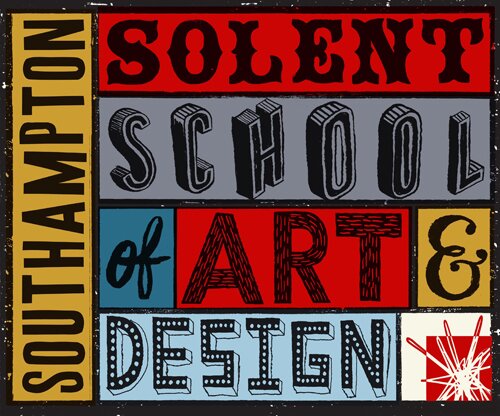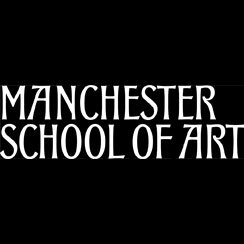
Catherine Anyango
Royal College of Art
Catherine studied at St Martins and the Royal College of Art followed by an MA in English Literature at UCL. Since then she has exhibited at Art Basel Miami Beach, the London Design Festival, Guest Projects and Design Miami Basel. In September 2010 the publication of her graphic novel adaptation of Heart of Darkness was met with critical acclaim including the Observer’s Graphic Novel of the Month. She has produced live film events around London, including the Victoria & Albert Museum and the National Film Theatre. Catherine uses film, sculpture, drawing and mise-en-scene devices to produce work which looks at physical or domestic environments being disrupted by emotional, intangible phenomena. She is currently a tutor in Visual Communication at the Royal College of Art.
Abstract:
Drawing, Illustration and Order This paper examines the role of drawing and illustration in response to historical and contemporary imagery where those depicted are not in control of their representation, individuals who in the vein of Julia Kristeva’s ‘Powers of Horror: An Essay on Abjection’ become identified as ‘other’. Abjection is “what disturbs identity, system, order”. The suffering of teh Congolese under the brutal Belgian occupation was docuemented by illustrations that can with the benefit of hindsight be referred to as a depiction of crime scenes. Crime scenes toay ar subject to public domain legislation, so victims of violence can be viewer readily online. These images obscure the individual and make people unreal.
Does drawing and illustration empower the role of the artist to reinterpret these images? Since undertaking a graphic novel adaptation of Joseph Conrad’s Heart of Darkness in 2010 my personal research has addressed the cognitive dissonance that arises from rejection of those who have been obscured, framed as other, coupled with a sympathy- as Conrad puts i- a ‘suspicion of their not being human.’
From the 19th engravings to contemporary police photography and CCTV imagery, I will examine the presentation of person who have been subjected to a kind of surveillance, if we take this to mean observing them for the purpose of ‘influencing, managing, directing or protecting’ (David Lyon 2007 Surveillance Studies: AN Overview) Looking at images that are designed to implement a kind of order, whether colonial or legal, this paper will examine the fact drawing itself is a system of creating order.







